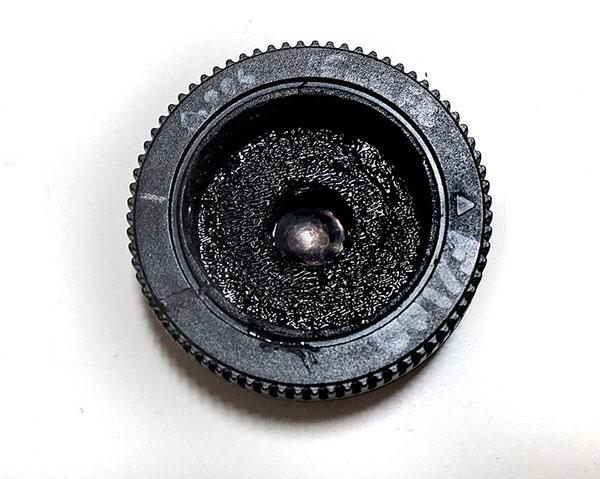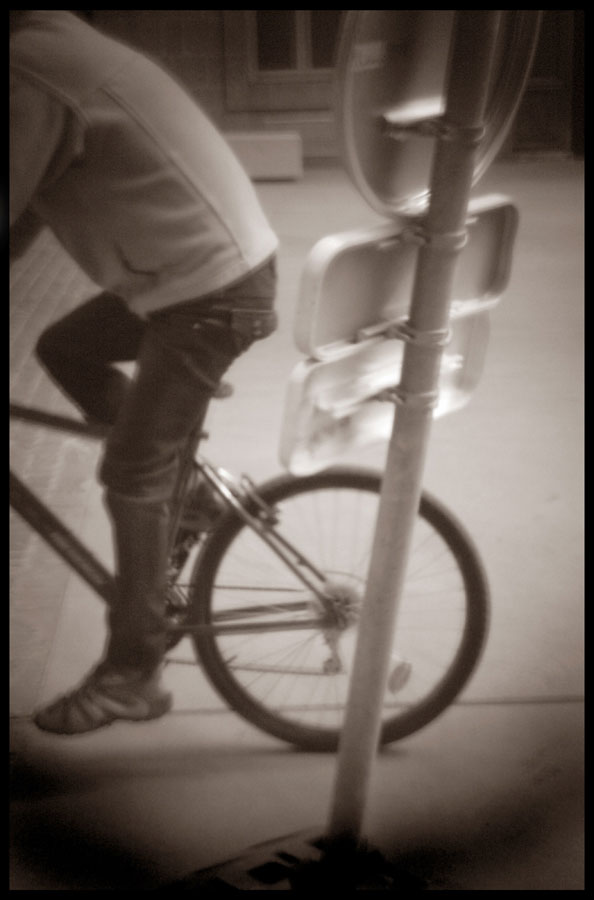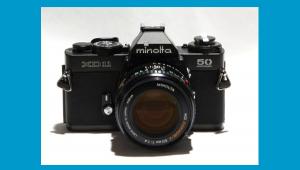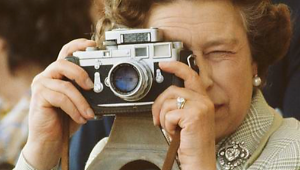World Pinhole Photography Day Is Sunday: Here’s How You Join the Fun!

This Sunday, April 26th is the 15th Worldwide Pinhole Photography Day (WPPD). It’s a celebration of image making and everyone in the world is invited to take part. Be one of those photographers who rediscover the magic of photography by viewing the world through a tiny low-tech pinhole camera.
WPPD is at the forefront of the pinhole photography movement that has been growing over the years. In 2001 when the WPPD began, 291 photographers from 24 countries took part. Last year over 3,517 participants from 70 nations were included in the web exhibition.
Participation in WPPD is simple, just take a pinhole photo on April 26th, upload it to the site along with the submission form and it will be posted in the WPPD gallery. This is not a competition, there are no prizes and every photo that meets minimum standards will be displayed.

Here are the basic rules of the game:
1. Just one photo submission per photographer
2. The photo has to be made with a pinhole camera or a pinhole lens on a film or digital camera.
3. All photos must be taken Sunday April 26, 2015 (your local time.)
4. Photographs can be shot on film or other sensitized material or digitally but all submissions must be in the form of a JPEG file.
5. The submitted photograph may be of anything but must respect common decency and human rights (no pornography).
6. Submissions (scanned photograph and submission form) must be received at www.pinholeday.org between 01:00 GMT on April 26, 2015 and 24:00 GMT May 31, 2015.
Pinhole enthusiasts — aka pinholers — are a special group of photographic explorers who take a special delight in stretching the boundaries of photographic image making. They also stretch the definition of what is a camera.
A couple of years ago a group of German trash collectors in Hamburg turned old 1100-liter trash bins into giant large format pinhole cameras and used them to make large photos of the city’s sights. Italian photographer Francesco Capponi on the other hand makes his pinhole cameras out of tiny pine-nut shells.

Pinhole image making is truly the “slow food” movement of photography. It demands an unhurried approach and a lot of thought. Most non-digital pinholes are single shot cameras and so every shot counts; there’s no chance for reshooting.
Pinholes have notoriously small apertures, often on the order of F/100 and that means exposures of several seconds or more. Pinhole photography proceeds in measured steps and some photographers work for weeks planning an image and making a pinhole camera that will be good for only a single image.
The History of Pinhole Photography
The pinhole effect of light passing through a small hole projecting an image on a surface was known to the Chinese as early as the 5th century B.C. and Aristotle wrote about the effect a century later. During the Renaissance, Leonardo da Vinci published the first clear description of the camera obscura, the filmless predecessor of the pinhole camera, in his Codex Atlanticus (1502):
“If the facade of a building, or a place, or a landscape is illuminated by the sun and a small hole is drilled in the wall of a room in a building facing this, which is not directly lighted by the sun, then all objects illuminated by the sun will send their images through this aperture and will appear, upside down, on the wall facing the hole.”

Da Vinci recommended placing a piece of paper on the wall and tracing the image onto it. Artists like Canaletto and Vemeer followed his advice and used camera obscura in their work.
By the 18th century, there were commercially made cameras that were popular with amateur artists who used them to on their travels. In the 19th century, the inventors of photography Joseph Nicephore Niepce and Louis Daguerre created the first photographic camera by adding a lens to the front of a wooden camera obscura and a device to hold sensitized glass or metal plates to the rear.
Gregg Kemp is one of the founders of WWPD and the WWPD organization and he recalls how it all began:
“The idea of "Pinhole Day” began (in 2001) when some people posted ‘happy valentine’ day wishes to the ‘pinhole discussion list’ that I hosted on my Pinhole Visions website server. One of the list members, Zernike Au suggested that it would be nice if pinholers had their own day.
“James Kella and I talked about how we might give some shape to the idea, how we might make it happen. He suggested some people who might be willing to put in some time to organize an international ‘pinhole day.’ Over a few days time, James and I contacted Zernike, Diana Bloomfield, Jean Daubas, Larry Fratkin, Guy Glorieux, Edward Levinson, Pam Niedermayer, Guillermo Peñate and George Smyth and invited them to participate as a ‘coordinating team’ and that was the formal start of it."
Worldwide Phenomenon
Today pinhole photography is a worldwide phenomenon with thousands of practitioners. There are lots of amateurs who simply enjoy a different way of making interesting pictures while others are serious artists whose photographs are collected and displayed in galleries and museums.
One of these artists is my friend photographer Larry Bullis. He’s been a pinholer for decades and has modified countless film cameras for pinhole imagery. The photo of the camel is one of his and he took it using the eye of a needle as his pinhole lens. It is of course a play on words as the light from the camel is passing through a needle’s eye. This image and many other photographers’ pinhole photos are part of the University of New Mexico Pinhole Resource Collection.

Larry also builds precision handmade pinhole "lenses" and he was kind enough to make me a pinhole "lens" for my mirrorless camera. (See it at the top of this story.) The miniscule pinhole (.1524mm) is in a metal plate glued onto a plastic camera body cap.
It produces a very wide angle of view, something on the order of 120 degrees and has an aperture of F/100. It may look ugly but it takes surprisingly good images and it is what I’ll be using on April 26th.
I look forward to shooting with this lens because even mounted on a modern digital camera its images can be mysterious and surprising; which is what makes pinhole photography so interesting and so much fun.

For more information about Worlwide Pinhole Photography Day go to www.pinholeday.org.
- Log in or register to post comments

















































